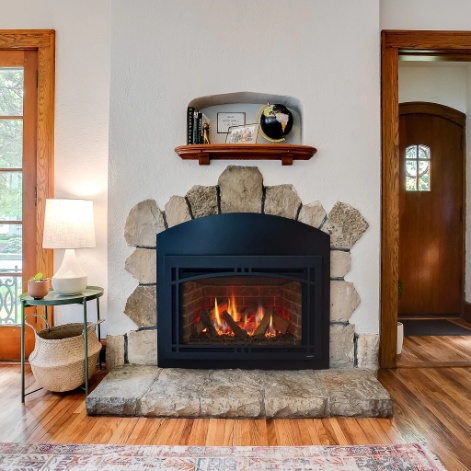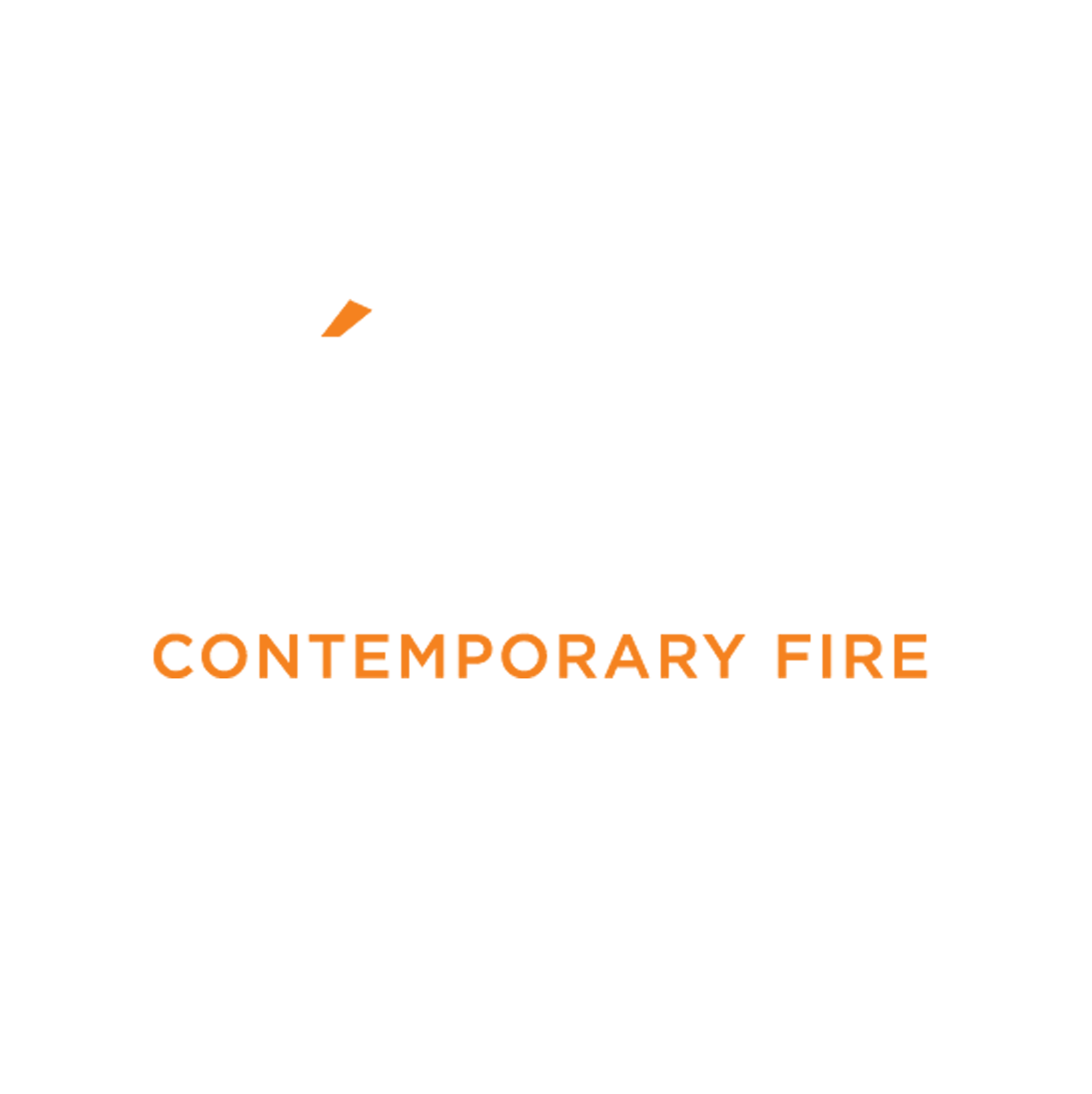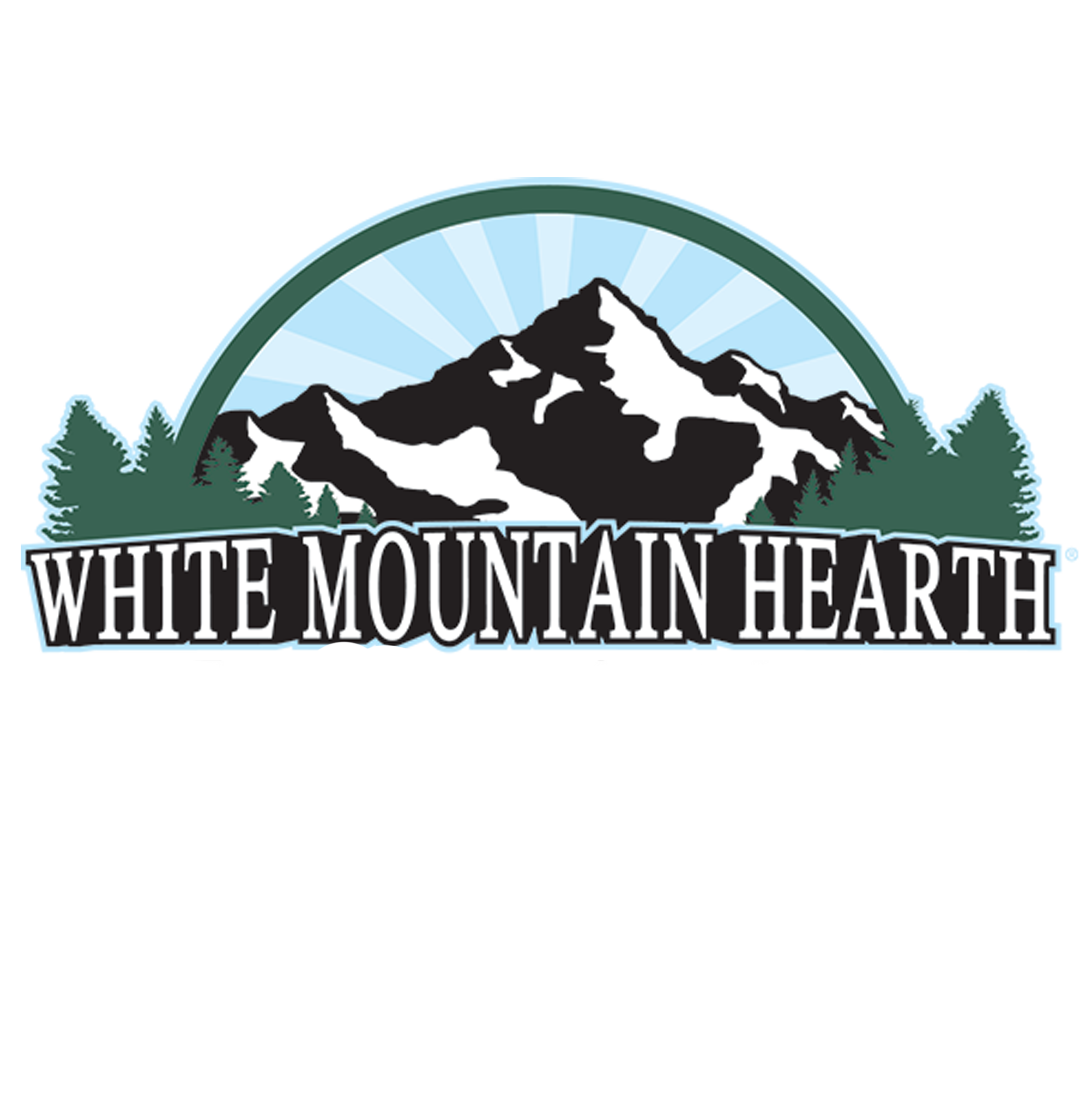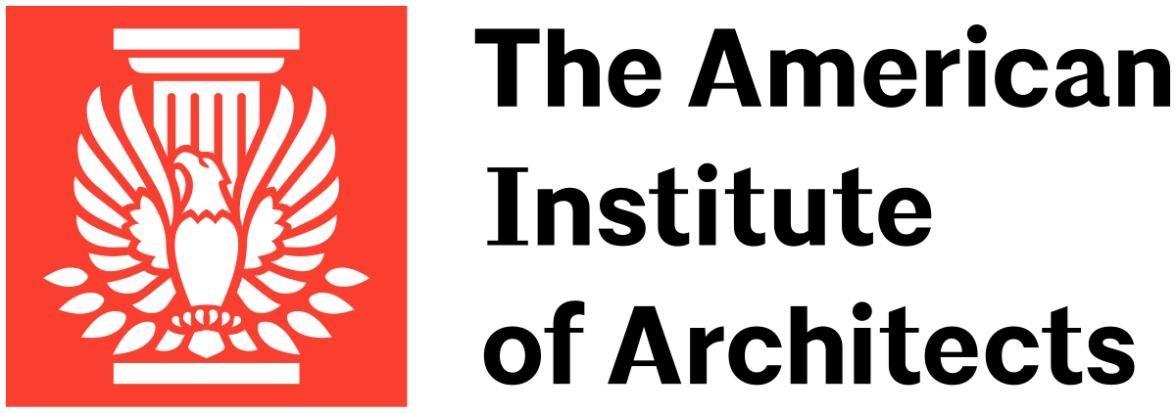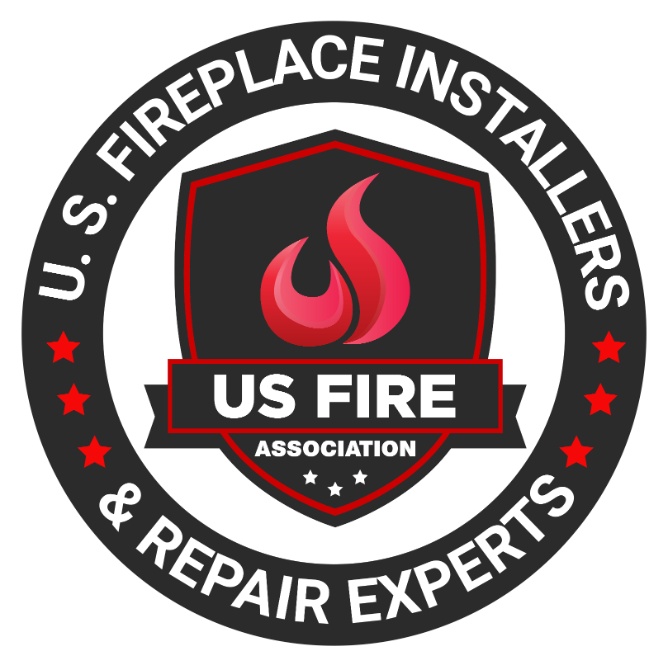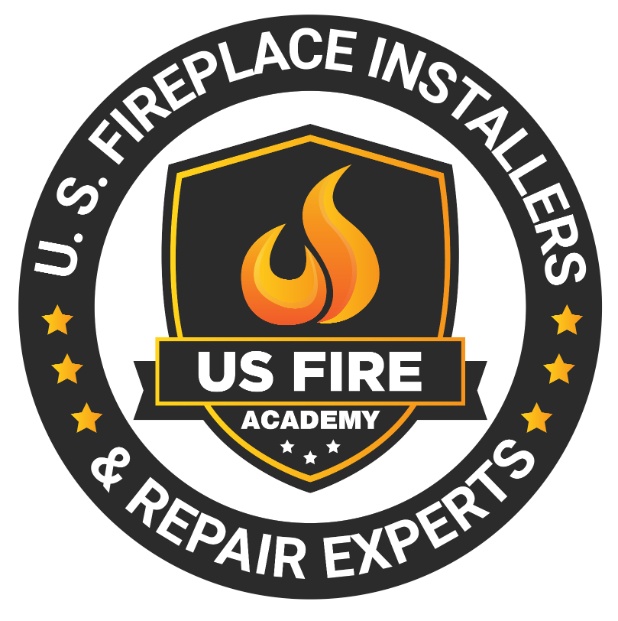Table of Contents
Have you ever heard popping or cracking noises coming from your fireplace? Or noticed excessive smoke or soot build-up? These could be signs of over-firing, a dangerous and potentially damaging issue that can occur for several reasons.
In this article, we will explore the causes, signs, and dangers of fireplace over-firing, as well as provide tips on how to prevent it.
If you want to keep your home safe and cozy this winter, keep reading to learn more.
What Is Fireplace Over-Firing?
Fireplace over-firing refers to the situation when a fireplace is subjected to excessive heat or combustion beyond its intended capacity, leading to potential safety hazards and structural damage. Over-firing occurs when the fireplace is used improperly, causing the hearth, combustion chamber, and chimney to experience higher temperatures than recommended.
This can result in a range of adverse consequences, including accelerated wear and tear on the fireplace components, such as the firebricks and mortar.
Excessive heat can cause cracks to form in the masonry, weakening the structure and compromising its integrity over time.
Improper combustion due to over-firing can also lead to the buildup of creosote in the chimney, increasing the risk of chimney fires.
To avoid such risks, it is crucial to follow manufacturer guidelines for fuel types and usage, as well as scheduling regular inspections to ensure safe and efficient operation of the fireplace.
What Causes a Fireplace to Over-Fire?
A fireplace can over-fire due to various factors such as incorrect sizing, inadequate airflow, improper fuel usage, and lack of maintenance.
Incorrectly sized fireplaces may not efficiently contain combustion, leading to excessive heat generation beyond the fireplace’s capacity. For instance, a fireplace that is too small for the amount of fuel being used can result in intense flames that surpass safe temperature levels. Inadequate airflow restricts the oxygen supply necessary for controlled burning, causing erratic spikes in temperature within the fireplace. This lack of proper air circulation can lead to the build-up of unburned fuel, which can ignite suddenly, elevating temperatures inside the fireplace to dangerous levels.
Incorrectly Sized Fireplace
An incorrectly sized fireplace poses a significant risk of over-firing due to inadequate containment of combustion heat. Regulations stipulate the required dimensions for safe fireplace operation, emphasizing the need for proper control over heat output to prevent over-firing incidents.
By adhering to these regulations, homeowners can ensure that their fireplaces are built with the correct specifications to handle the heat generated during combustion effectively. Control mechanisms, such as dampers and air intakes, play a crucial role in managing heat levels within the fireplace. Properly utilizing these control features allows for adjustments to be made to the airflow, ensuring that the fire burns at a safe and controlled rate, thereby reducing the risk of over-firing and potential hazards.
Improper Airflow
Improper airflow within a fireplace can lead to over-firing by disrupting the combustion process and increasing temperatures within the hearth. Proper ventilation is essential for maintaining optimal combustion conditions and monitoring heat levels to prevent overheating.
Inadequate airflow not only affects the efficiency of the fireplace but also poses potential safety hazards. When the combustion process is disturbed due to poor airflow, it can result in the emission of harmful gases like carbon monoxide into the living space. Continuous monitoring of the fireplace helps in early detection of over-firing, which is often linked to airflow issues. By promptly addressing these concerns, homeowners can ensure that their fireplace operates safely and effectively, providing warmth and ambiance without compromising indoor air quality.
Use of Improper Fuel
Using improper fuel in a fireplace can contribute to over-firing by altering the combustion process and elevating temperatures within the combustion chamber. Adhering to fuel guidelines recommended by manufacturers is crucial for preventing over-firing incidents.
Different types of fuel, such as seasoned hardwood, softwood, pellets, or gas logs, have varying combustion characteristics that directly impact fireplace performance.
For example, using wet or unseasoned wood can lead to incomplete combustion, excessive smoke, and creosote buildup in the chimney, increasing the risk of chimney fires.
Similarly, using a fuel source not intended for the specific fireplace model can result in inefficient burning, poor heat output, and potential damage to the unit.
Following manufacturer recommendations ensures optimal performance, efficiency, and safety of your fireplace.
Lack of Maintenance
The lack of regular maintenance can contribute to fireplace over-firing by allowing soot and debris to accumulate, obstructing airflow and heat dissipation. Compliance with maintenance guidelines is essential for ensuring the proper functioning of the fireplace and preventing over-firing.
Regular cleaning and inspection play a crucial role in maintaining the safety and efficiency of your fireplace. By removing built-up creosote and other blockages, you can prevent potential hazards such as chimney fires. It is recommended to schedule annual inspections by a professional chimney sweep to detect any issues early on and address them promptly.
Using the right kind of fuel and following manufacturer’s guidelines for operation can further enhance the longevity and performance of your fireplace. Taking these proactive steps will not only protect your home but also prolong the lifespan of your fireplace.
What Are the Signs of Over-Firing?
Recognizing the signs of over-firing is crucial to prevent potential consequences such as increased fire risk, structural damage, and compromised safety. Observable warning signs, including loud popping noises, excessive smoke, and damaged fireplace components, indicate the occurrence of over-firing.
Ignoring these signs can lead to more severe outcomes like chimney fires, cracks in the fireplace, and release of toxic gases into the home. In addition, over-firing can cause the chimney liner to deteriorate, making it more susceptible to chimney fires. Immediate intervention, such as adjusting the air intake or seeking professional help, is essential to address over-firing promptly and ensure the safe operation of the fireplace.
Loud Popping or Cracking Noises
Loud popping or cracking noises emanating from the fireplace indicate potential over-firing, where sparks and crackling sounds can result from excessive heat output. These noises pose a risk of igniting nearby flammable materials and necessitate immediate attention.
They serve as a warning sign that the fireplace is producing more heat than it should, potentially leading to dangerous situations. Excessive heat can cause the surrounding masonry to crack and spall, increasing the likelihood of a house fire. The sparks generated from over-firing could land on carpets, curtains, or other combustible materials, setting them ablaze.
Addressing these noises promptly by adjusting the fire’s intensity or seeking professional assistance is crucial in preventing fire hazards and ensuring the safety of your home.
Excessive Smoke or Soot Build-Up
The presence of excessive smoke or soot build-up within and around the fireplace is indicative of potential over-firing, where poor ventilation and combustion issues can lead to smoke emissions and soot accumulation. Ensuring proper ventilation is essential to address these signs effectively.
Inadequate ventilation can hinder the flow of air required for proper combustion, resulting in incomplete burning of wood and the release of harmful by-products like carbon monoxide. To prevent over-firing, one should also check for blockages in the chimney or flue that might impede the escape of smoke and gases.
Regularly inspecting and cleaning the ventilation system, such as air vents and dampers, is vital to maintain optimal airflow and prevent the build-up of smoke or soot. Installing a carbon monoxide detector near the fireplace can provide an extra layer of safety by alerting you to any dangerous gas leaks caused by ventilation issues.
Damaged Fireplace Components
Damaged fireplace components, such as cracks, discoloration, or warping, can indicate over-firing and the need for immediate maintenance. These structural issues result from excessive heat exposure and improper combustion, highlighting the importance of regular inspection for early detection.
Unresolved damages in a fireplace can lead to more severe problems, such as chimney fires or compromised structural integrity. It is crucial to address these issues promptly to ensure the safety of your home and prevent costly repairs down the line.
By evaluating the extent of the damage and consulting with a professional, homeowners can determine the best course of action for repairing or replacing damaged components. Timely intervention not only restores the functionality of the fireplace but also prolongs its lifespan, providing warmth and ambiance for years to come.
What Are the Dangers of Over-Firing?
Over-firing a fireplace poses significant dangers, including an increased risk of fire, carbon monoxide poisoning, and potential damage to the chimney and home structure. These risks compromise home safety and necessitate immediate preventive measures to mitigate hazards.
Excessive heat from an over-fired fireplace can lead to the build-up of creosote in the chimney, a highly flammable substance that can ignite and cause a chimney fire. The intense heat can weaken the masonry and compromise the structural integrity of the chimney, putting the entire home at risk.
Carbon monoxide, a colorless and odorless gas produced by incomplete combustion, can leak into the home when a fireplace is over-fired, leading to symptoms like headaches, dizziness, and even death. It is crucial to install carbon monoxide detectors and ensure proper ventilation to prevent these potential dangers.
Increased Risk of Fire
Over-firing a fireplace significantly increases the risk of fire hazards due to excessive heat and combustion, necessitating immediate prevention measures and emergency procedures. Understanding the potential consequences of fire outbreaks is crucial for implementing effective safety protocols.
Preventive strategies for over-firing incidents include regular chimney inspection and cleaning to reduce creosote buildup, which can ignite and cause chimney fires. Ensuring proper ventilation and using seasoned wood can also help minimize the risk of over-firing.
In the event of a fire hazard, it is essential to act quickly by evacuating all occupants, contacting emergency services, and using a fire extinguisher or fire blanket if safe to do so. Training all household members on fire escape routes and regularly practicing fire drills can further enhance preparedness.
Carbon Monoxide Poisoning
Over-firing a fireplace can lead to carbon monoxide poisoning, posing severe health risks to occupants. Installing carbon monoxide detectors and ensuring proper ventilation are essential safety measures to prevent harmful gas accumulation.
Carbon monoxide, a colorless and odorless gas, can be lethal when inhaled in high concentrations. Symptoms of carbon monoxide poisoning may include headaches, dizziness, nausea, and confusion.
To maintain indoor air quality and prevent poisoning incidents, it’s crucial to schedule regular maintenance checks for your fireplace and chimney. Consider using alternative heating sources on days when excessive fireplace usage is not required to reduce the risk of over-firing.
Damage to the Chimney and Home
Over-firing a fireplace can result in damage to the chimney structure and home interiors, compromising residential safety and necessitating immediate damage control measures. Structural assessments and repairs are essential to restore the safety and integrity of the affected areas.
Excessive heat generated by over-firing can lead to cracks in the chimney lining, risking fire hazards. The intense heat may cause the masonry to deteriorate, affecting not just the chimney but also the surrounding areas.
To address such issues, homeowners should schedule regular chimney inspections and cleanings to identify any signs of damage. When damage is detected, prompt repairs should be conducted by skilled professionals to prevent further deterioration and safeguard the home’s structural integrity.
How Can You Prevent Over-Firing?
Preventing fireplace over-firing involves proper sizing, monitoring airflow, using suitable fuels, and adhering to maintenance guidelines. Compliance with regulations and manufacturer recommendations is key to maintaining safe fireplace operation and preventing over-firing incidents.
Ensuring the proper sizing of your fireplace is crucial to prevent over-firing as it helps regulate the heat output. It’s essential to monitor airflow to avoid creating a situation where the fire burns too hot. Selecting appropriate fuels, such as seasoned firewood, can also help prevent over-firing by controlling the intensity of the flames.
Regular maintenance checks, including chimney cleaning and inspecting for any blockages, play a vital role in ensuring the safe and efficient performance of your fireplace. Upholding regulatory compliance is fundamental in upholding safety standards and minimizing the risks associated with over-firing.
Properly Size Your Fireplace
Ensuring the proper sizing of your fireplace is crucial to prevent over-firing incidents and maintain optimal heat output. Referencing safety labels and manufacturer guidelines for hearth appliances helps determine the appropriate fireplace size for safe and efficient operation.
By selecting a fireplace that is too large, you run the risk of overheating your space, leading to discomfort and potential safety hazards. On the other hand, a fireplace that is undersized may struggle to adequately heat the room, resulting in inefficiency.
To avoid these issues, it’s important to carefully consider factors such as the square footage of the room, the type of fuel used, and the ventilation requirements. Keep in mind the location of the fireplace in relation to combustible materials and the recommended clearances for safe installation.
Monitor Airflow and Use Proper Fuel
Continuous monitoring of airflow and using appropriate fuel types are essential steps to prevent fireplace over-firing. Maintaining optimal fuel efficiency and ensuring proper chimney ventilation contribute to controlling combustion temperatures and reducing the risk of overheating.
Effective monitoring practices play a crucial role in detecting any abnormalities in airflow and fuel combustion, helping to avoid potential hazards linked to over-firing incidents.
It is recommended to regularly inspect the damper settings, flue openings, and airflow patterns to ensure consistent and efficient operation. Selecting high-quality fuel sources that are properly seasoned and stored can significantly enhance the performance of your fireplace while minimizing the likelihood of excessive heating.
By prioritizing safe operating conditions and implementing proactive monitoring techniques, individuals can enjoy a cozy and secure fireplace experience.
Regularly Maintain Your Fireplace
Regular maintenance of the fireplace, including cleaning and inspection, is critical for preventing over-firing instances. Proper maintenance practices help identify potential issues early, ensuring that the fireplace operates efficiently and safely.
By routinely cleaning and inspecting the fireplace, homeowners can avoid the risks of excessive heat buildup that lead to dangerous over-firing situations. Neglecting maintenance tasks could result in creosote buildup, chimney blockages, or cracks in the firebox, which can compromise the structural integrity of the fireplace.
To maintain the longevity and safety of the fireplace, it’s essential to follow a checklist of maintenance tasks such as:
- Checking for creosote buildup
- Inspecting the chimney for obstructions
- Testing the damper function
- Ensuring proper ventilation
These simple yet crucial steps can prevent potential hazards and keep the fireplace in optimal condition for years to come.
What Should You Do If Your Fireplace Over-Fires?
If your fireplace over-fires, it is crucial to stop using it immediately to prevent further damage and potential fire outbreaks. Contacting a professional for inspection and repairs is essential to assess the extent of damage and implement corrective measures for safe fireplace operation.
Once you have halted the use of the fireplace, it is important to ensure that the area around the fireplace is clear of any flammable materials. In case of an emergency, have a fire extinguisher nearby and know how to use it. After the immediate threat is addressed, it is advisable to have a professional chimney sweep or fireplace technician inspect the fireplace thoroughly. They will be able to identify any damage, clean up any excess soot, and make necessary repairs to ensure the continued safety and functionality of your fireplace.
Stop Using the Fireplace Immediately
In the event of a fireplace over-firing, it is crucial to immediately extinguish the flames and cease using the fireplace. Properly place logs to reduce heat output and address any lingering odors that may indicate combustion issues.
One effective strategy for extinguishing flames in an over-firing situation is to carefully close the fireplace dampers and vents. This is to restrict oxygen supply. As a result, the fire is smothered. Using a fire extinguisher specifically designed for class A fires can help tackle the flames quickly and efficiently.
It’s essential to keep a close eye on the heat levels. Additionally, ensure that the fire is completely out before leaving the fireplace unattended. Proper log placement, such as placing smaller logs on top to control the burn rate, can help manage heat output and prevent further overheating.
Addressing any unusual odors by checking for potential blockages in the chimney or flue is crucial in mitigating fire hazards and ensuring the safety of your home.
Call a Professional for Inspection and Repairs
Seeking a professional inspection and repairs from Dreifuss post-fireplace over-firing is essential to uphold fire safety standards. In addition, it ensures compliance with insurance coverage. Professionals can assess the damage, implement necessary repairs, and validate the fireplace’s safety for future use.
Engaging a professional from Dreifuss not only guarantees a thorough evaluation of the fireplace. It also helps in addressing any hidden issues that could pose a risk in the future. Homeowners can expedite the process of securing insurance coverage for the damages incurred. This is accomplished by entrusting the restoration to a certified expert. These specialists have the expertise to not only rectify the damage. They also can provide valuable insights on preventative measures to avoid such incidents in the future. This mitigates risk and ensures a safe and functional fireplace for years to come.
Take Steps to Prevent Future Over-Firing
After experiencing a fireplace over-firing, it is crucial to take preventive measures to avoid future incidents. Preventative measures include enhanced home maintenance practices and optimizing fuel efficiency. As a result of implementing safety precautions and periodic inspections, you can help mitigate the risk of over-firing.
Home maintenance plays a vital role in preventing over-firing incidents. Regularly cleaning the fireplace, chimney, and flue can prevent the buildup of creosote. This reduces the risk of excessive heat and flames. Ensuring proper ventilation and using seasoned hardwood can help maintain fuel efficiency and prevent overheating.
By establishing a routine inspection schedule, homeowners can catch any potential issues early and address them promptly. Incorporating fuel-efficient practices such as using appropriate-sized logs and controlling air intake can also enhance fireplace safety and performance.
Frequently Asked Questions
1. What is fireplace over-firing?
Fireplace over-firing happens when a fireplace is subjected to excessive heat or combustion beyond its intended capacity. This potentially leads to safety hazards and structural damage.
2. What causes a fireplace to over-fire?
A fireplace can over-fire due to incorrect sizing, inadequate airflow, improper fuel usage, and lack of maintenance.
3. What are the signs of over-firing?
Signs of over-firing include loud popping noises, excessive smoke, and visible damage to fireplace components like cracks or discoloration.
4. What are the dangers of over-firing?
Over-firing a fireplace can increase the risk of fire, carbon monoxide poisoning, and damage to the chimney and home structure.
5. How can you prevent over-firing?
Prevent over-firing by ensuring proper fireplace sizing, monitoring airflow, using appropriate fuels, and adhering to regular maintenance schedules.
6. What should you do if your fireplace over-fires?
If your fireplace over-fires, first, stop using it immediately. Next, clear the area of flammable materials. Finally, contact a professional for inspection and repairs.
Latest Articles

What Is An NG (Natural Gas) Indicator And Why You Need It For Your Fireplace
Table of Contents1 Understanding Natural Gas Fireplaces2 What is an NG Indicator?3 Importance of NG Indicators for Safety4 Types of NG Indicators5 Installation and Maintenance of NG Indicators6 Signs of a Faulty NG Indicator7 Frequently Asked Questions Natural gas fireplaces are a favored option among numerous homeowners due to their convenience and effectiveness. But, what is an NG (Natural Gas) indicator and why you need it for your fireplace? It is imperative to comprehend how they function and the significance of having an NG (Natural Gas) indicator for safety purposes. This article delves into the definition and significance of NG indicators. We will discuss the potential hazards associated with the absence of one and the various types of indicators accessible. Also, we will discuss installation and maintenance recommendations, and methods to recognize and rectify issues with malfunctioning indicators. Stay well-informed and ensure the safety of your home by referring to this exhaustive guide. Understanding Natural Gas Fireplaces Natural gas fireplaces serve as an efficient and convenient heating option for numerous households. They utilize natural gas as a fuel source to deliver consistent warmth and ambiance. How They Work and Why They Need NG Indicators The operation of natural gas fireplaces involves igniting natural gas to generate heat. This process requires diligent monitoring to ensure both safety and efficiency, a task facilitated by the use of NG indicators. NG indicators play a critical role in detecting potential gas leaks. They enable residents to promptly address and mitigate any associated hazards. Through continuous monitoring of gas levels and providing timely warnings and alerts, NG indicators uphold a secure indoor environment. It is imperative to ensure that these indicators function properly to facilitate the effective operation of natural gas fireplaces. This helps mitigate the inherent risks linked to gas leaks. What is an NG Indicator? An NG indicator is a specialized device equipped with advanced sensors and technology. It is specifically designed to detect natural gas leaks and monitor gas pressure in appliances, such as fireplaces. Definition and Purpose The NG indicator functions as a detector that monitors gas appliances for potential leaks. It provides essential functionality to ensure safety in households utilizing natural gas. These detectors play a crucial role in protecting residences by notifying occupants of dangerous gas leaks long before they escalate into perilous situations. Through continuous monitoring of gas levels in the vicinity, NG indicators offer an additional layer of protection. This is particularly important in properties that rely on gas-operated fireplaces or stoves. These devices not only help avert potential disasters but also enhance the overall peace of mind of homeowners. They assure them that their living spaces are equipped with reliable safety features. Importance of NG Indicators for Safety Natural gas indicators are essential for maintaining safety in households equipped with natural gas appliances. These devices serve as a proactive measure to promptly detect gas leaks. This offers homeowners a sense of security and assurance. Potential Dangers of Not Having an NG Indicator The absence of an NG indicator in residences equipped with natural gas appliances can pose significant hazards. This includes the risk of undetected gas leaks , carbon monoxide poisoning , and pilot outages that may lead to dangerous situations. These potential risks can profoundly impact indoor air quality. They directly influence the health and safety of individuals residing in the household. Undetected gas leaks can go unnoticed, gradually permeating the air and creating a potentially explosive environment. Insufficient ventilation from undetected exposure to carbon monoxide can lead to serious health complications. These range from mild symptoms such as dizziness to fatal poisoning. Without proper monitoring from an NG indicator, families are left susceptible to these concealed threats. This underscores the critical importance of implementing proactive measures to mitigate such risks. Types of NG Indicators Indicators for Natural Gas (NG) are available in diverse types. Each presents distinct detection capabilities tailored to specific requirements, encompassing both manual and automated alternatives. Manual vs. Automatic Indicators Manual NG indicators require user intervention for monitoring gas levels and identifying leaks. On the other hand, automatic indicators employ sophisticated technology to deliver continuous, real-time monitoring. This heightened efficiency and oversight enhance safety protocols. Conventional manual indicators rely on individuals to physically inspect and evaluate gas levels periodically. This renders them more susceptible to human errors. Conversely, automatic indicators feature sensors capable of promptly detecting even the most minute fluctuations in gas levels. This establishes a more dependable and precise monitoring mechanism. Automatic indicators can activate alerts and shut-off systems upon detecting a leak. This ensures immediate action to avert potential hazards. This advanced technology enhances safety protocols and instills a sense of command and assurance among users. Installation and Maintenance of NG Indicators The reliable and accurate performance of NG indicators necessitates proper installation and consistent maintenance. This often entails professional installation and adherence to recommended service guidelines. Proper Installation and Regular Maintenance Tips The proper installation of NG indicators involves adhering to the specifications in the user manual. Maintenance protocols entail strict adherence to a predetermined maintenance schedule to ensure sustained operational efficiency. During the installation phase, it is imperative to verify that the NG indicators are securely affixed in the designated location as stipulated by the manufacturer. Crucial steps include confirming power source compatibility and ensuring proper grounding of the device to optimize performance. Calibration of the indicator must be executed meticulously to ensure precise readings. Regarding maintenance, essential practices include regular inspection for signs of wear, thorough cleaning of the indicator components, and routine functionality tests. By allocating time to a consistent maintenance regimen, the NG indicator can operate with optimal efficiency over an extended duration. Signs of a Faulty NG Indicator Recognizing indicators of a malfunctioning NG indicator is essential for upholding safety and performance standards. Inaccuracies and detection issues can undermine the efficacy of these devices. Identifying and Addressing Issues The process of identifying and addressing issues related to NG (natural gas) indicators requires a systematic troubleshooting approach. This ensures their optimal performance

What You Need To Know About Gas Log Set Safety And Installation Considerations
Table of Contents1 Understanding Gas Log Sets2 Safety Considerations for Gas Log Sets3 Installation Guidelines for Gas Log Sets4 Maintaining and Troubleshooting Gas Log Sets5 Frequently Asked Questions Gas log sets are a favored option among homeowners seeking to enjoy the comfort and atmosphere of a conventional fireplace without the inconvenience of wood. This article tells you what you need to know about gas log set safety and installation considerations. Before incorporating one into your residence, it is imperative to understand the safety considerations associated with their use. This discussion delves into the potential hazards linked with gas log sets. It presents crucial precautions to uphold the safety of your home. Also, it outlines proper installation procedures and offers insight into common errors to avoid. Finally, it provides advice on maintenance and troubleshooting. Gain comprehensive knowledge on gas log set safety and installation considerations. Understanding Gas Log Sets Comprehending gas log sets is essential for individuals seeking to elevate their fireplace experience, and for gas lag set safety and installation. These heating appliances can operate on either natural gas or propane. In addition, they are available in a range of styles, including vented, ventless, and vent-free options. They provide an array of benefits and customization opportunities through various fireplace accessories. What are Gas Log Sets? Gas log sets are meticulously crafted artificial logs. They are designed to imitate the appearance and functionality of authentic wood logs within fireplaces. These gas log sets typically consist of ceramic or refractory concrete logs that have been skillfully molded and painted. This allows them to replicate the natural grain and texture of real wood. The logs are arranged in various configurations within the fireplace. They establish a realistic and welcoming ambiance. In addition to the logs, gas log sets often include fireplace accessories such as glowing embers. Accessories also include decorative stones, and even pine cones to enhance the overall aesthetic appeal. Homeowners can select from an array of placement options. These include traditional wood stack, cascading driftwood, or a contemporary geometric arrangement. Homeowners can align their preferred style and design preferences. Safety Considerations for Gas Log Sets Safety considerations for gas log sets are of utmost importance to guarantee a secure and pleasant fireplace experience. It is essential to address potential hazards such as carbon monoxide exposure, gas leaks, and fire safety to maintain a safe environment for homeowners. Potential Hazards and Precautions Gas log sets come with potential hazards that must be taken seriously, including the risks of gas leaks, carbon monoxide poisoning, and fire incidents. It is imperative to establish and adhere to rigorous safety measures to ensure the well-being of individuals and properties involved in the use of gas log sets. Gas leaks represent a significant hazard when utilizing gas log sets. They can result in the accumulation of combustible gas within the premises, heightening the possibility of explosions or fires. Carbon monoxide, an insidious gas generated during incomplete combustion, poses a grave threat due to its colorless and odorless nature, making it undetectable without proper monitoring. To address these risks effectively, it is vital to install carbon monoxide detectors and gas leak sensors in the vicinity of the gas logs. Routine maintenance checks on the gas log system, including cleaning and inspection procedures, are critical to ensure safe operations and the prompt identification of potential issues. In case of a gas leak or suspected presence of carbon monoxide, immediate evacuation of the affected area is paramount, followed by prompt contact with emergency services. Recognizing the distinct odor of rotten eggs associated with natural gas can serve as an early warning sign, prompting swift actions to avert any potential accidents. Installation Guidelines for Gas Log Sets The installation of a gas log set necessitates meticulous planning and strict adherence to specific guidelines. This includes verifying a secure gas connection, ensuring proper gas lines are in place, and complying with local building codes. Often, the complexity of these requirements may require the expertise of a certified technician. Proper Installation Techniques The appropriate installation procedures for gas log sets involve the secure connection of gas lines, meticulous adherence to installation manuals, and strict compliance with local building codes. It is imperative to prioritize the guarantee of secure gas connections to avert leaks and potential safety hazards. During the installation of gas log sets, utilizing suitable sealants and fittings is essential to establish a tightly sealed connection. The correct installation of gas lines is critical for both the safety and operational efficacy of the gas log set. Reference to the installation manual is highly advisable for detailed, step-by-step guidance to prevent inaccuracies and ensure the successful establishment of the gas log set. Consistently adhering to building codes and regulations upholds safety standards. Seeking guidance and confirmation from a certified technician before and after installation can offer invaluable support and assurance throughout the process. Common Installation Mistakes to Avoid It is imperative to avoid common installation errors to ensure the secure and effective operation of gas log sets. This includes verifying proper gas connections and compliance with building codes. Improper gas connections can result in leaks and potential hazards, underscoring the importance of verifying the tightness and correct alignment of all fittings. Failure to adhere to building codes can lead to structural complications, penalties for non-compliance, or even safety concerns. To prevent these oversights, it is advised to consult the manufacturer’s installation guidelines and strictly adhere to local regulations. Engaging a certified technician for the installation of gas log sets guarantees that the procedure is carried out accurately and securely. This provides assurance that the system is functioning as intended. Maintaining and Troubleshooting Gas Log Sets Regular maintenance and troubleshooting of gas log sets are imperative to uphold their optimal performance and safety. This includes thorough examination of the pilot light, pilot assembly, and other gas appliances to preserve heating efficiency and promptly resolve any arising issues. Tips for Maintenance and Repair Ensuring the proper maintenance of your gas log set necessitates conducting

Key Considerations For Using Compressed Liquid Propane In Fireplace Installation
Table of Contents1 What is Compressed Liquid Propane?2 Benefits of Using Compressed Liquid Propane in Fireplaces3 Safety Precautions for Installing Compressed Liquid Propane Fireplaces4 Installation Process for Compressed Liquid Propane Fireplaces5 Maintenance and Care for Compressed Liquid Propane Fireplaces6 Alternative Fuel Options for Fireplaces7 Frequently Asked Questions If you are contemplating the use of compressed liquid propane in your fireplace installation, this discussion will delve into the advantages of adopting this alternative fuel option. These benefits include enhanced efficiency, cost savings, and important safety precautions to consider. Furthermore, a detailed step-by-step guide on the installation process will be provided, along with recommendations for maintenance and care. A comparison of various fuel options for fireplaces will also be conducted to assist you in making an informed decision. We encourage you to stay engaged to gain insights into optimizing your fireplace’s capabilities with compressed liquid propane. What is Compressed Liquid Propane? Compressed Liquid Propane is a versatile energy source contained in a high-pressure propane tank. It finds extensive utility in both residential and commercial settings, prominently including fireplaces. Recognized for its convenience and efficiency, Compressed Liquid Propane emerges as a favored option for heating residential spaces and facilitating culinary pursuits across various environments. Additionally, it serves as a viable fuel substitute in vehicular contexts, portable cooktops, and outdoor grilling scenarios due to its propensity for clean combustion. The attribute of portability, coupled with ease of storage, positions Compressed Liquid Propane as an optimal energy source for individuals residing off the conventional grid. It is also great for engaging in outdoor activities such as camping and recreational vehicle (RV) travel. Moreover, the high energy density inherent to Compressed Liquid Propane renders it a dependable choice for sustaining generators during instances of power disruptions. Benefits of Using Compressed Liquid Propane in Fireplaces Utilizing Compressed Liquid Propane for fireplace installation presents several benefits. These include enhanced fuel efficiency, convenience, cost-effectiveness, and a favorable environmental footprint. These attributes render it a recommended option for heating solutions, applicable to both on-grid and off-grid settings. Efficiency and Cost Savings The utilization of Compressed Liquid Propane in fireplaces offers significant advantages, notably in terms of high fuel efficiency and cost-effectiveness. These attributes are underscored by the exceptional BTU rating and overall heating efficiency of Compressed Liquid Propane. The elevated fuel efficiency exhibited by Compressed Liquid Propane fireplaces necessitates less fuel to generate the same level of heat compared to traditional wood-burning fireplaces or electric heating systems. Consequently, homeowners can realize cost savings on their heating expenditures over an extended period. Moreover, the clean-burning characteristics of propane minimize maintenance costs linked to soot and ash cleanup. This further enhances the cost-effectiveness of employing propane fireplaces. Safety Precautions for Installing Compressed Liquid Propane Fireplaces Ensuring safety is of utmost importance during the installation of Compressed Liquid Propane fireplaces. This requires strict adherence to safety regulations, meticulous attention to proper ventilation requirements, careful control of ignition sources, and the incorporation of carbon monoxide and gas leak detection systems. Important Safety Measures Essential safety protocols for the installation of Compressed Liquid Propane fireplaces encompass adherence to fire safety regulations. Engaging in professional assessments and employing sophisticated gas leak and carbon monoxide detection mechanisms is crucial. Professional evaluations play a critical role in identifying any prospective hazards or irregularities within the fireplace infrastructure. These assessments are vital in ensuring the operational integrity of all components and compliance with safety protocols. Routine inspections serve to forestall potential fire incidents, gas discharges, or carbon monoxide emissions that could pose significant threats to both the property and individuals in the vicinity. The utilization of advanced gas leak and carbon monoxide detection systems serves as an additional safeguard by promptly notifying occupants of any elevated levels of these hazardous gases. Installation Process for Compressed Liquid Propane Fireplaces The installation procedure for Compressed Liquid Propane fireplaces encompasses several critical steps. These include: Adhering to installation guidelines Correctly positioning the propane tank Ensuring precise gas line installation Optimizing heat output Monitoring pressure regulation Establishing the pilot light Step-by-Step Guide The installation process of Compressed Liquid Propane fireplaces involves a systematic approach. This begins with the construction of the firebox, followed by the installation of the gas control valve, setup of the ignition system, design of the flue, and verification of a suitable combustion air supply. The construction of the firebox assumes critical importance as it serves as the foundation of the fireplace structure. It securely holds the combustible materials in place. Subsequently, the gas control valve plays a key role in managing the propane flow, guaranteeing safe and efficient operation. The installation of the ignition system facilitates convenient and reliable fire initiation. Designing the flue is a necessary step to direct exhaust gases outside, thus preventing their accumulation indoors. Moreover, ensuring a proper combustion air supply is essential to sustain optimal burning conditions and enhance fuel consumption efficiency. Each component contributes significantly to the functionality and safety of the fireplace installation process. This underscores the importance of meticulous attention to detail and adherence to established protocols. Maintenance and Care for Compressed Liquid Propane Fireplaces Consistent maintenance and attention to Compressed Liquid Propane fireplaces are imperative to guarantee their optimal functionality. This includes adherence to prescribed maintenance protocols, regular chimney upkeep, prevention of soot accumulation, and scheduling of routine propane deliveries and professional inspections. Tips for Keeping Your Fireplace in Good Condition For the maintenance of your Compressed Liquid Propane fireplace, it is essential to conduct regular checks on ignition sources. Monitor flame appearance, clean the gas burner and pilot assembly, and verify the correct operation of the safety shut-off valve. The inspection of ignition sources requires a detailed examination of the electronic igniter. This helps identify any signs of damage or corrosion and ensures proper sparking upon activation. Monitoring flame appearance involves observing a consistent blue flame with minimal flickering, which signifies efficient combustion. Cleaning the gas burner and pilot assembly can be performed using a soft brush or compressed air to eliminate any dirt or debris that may
